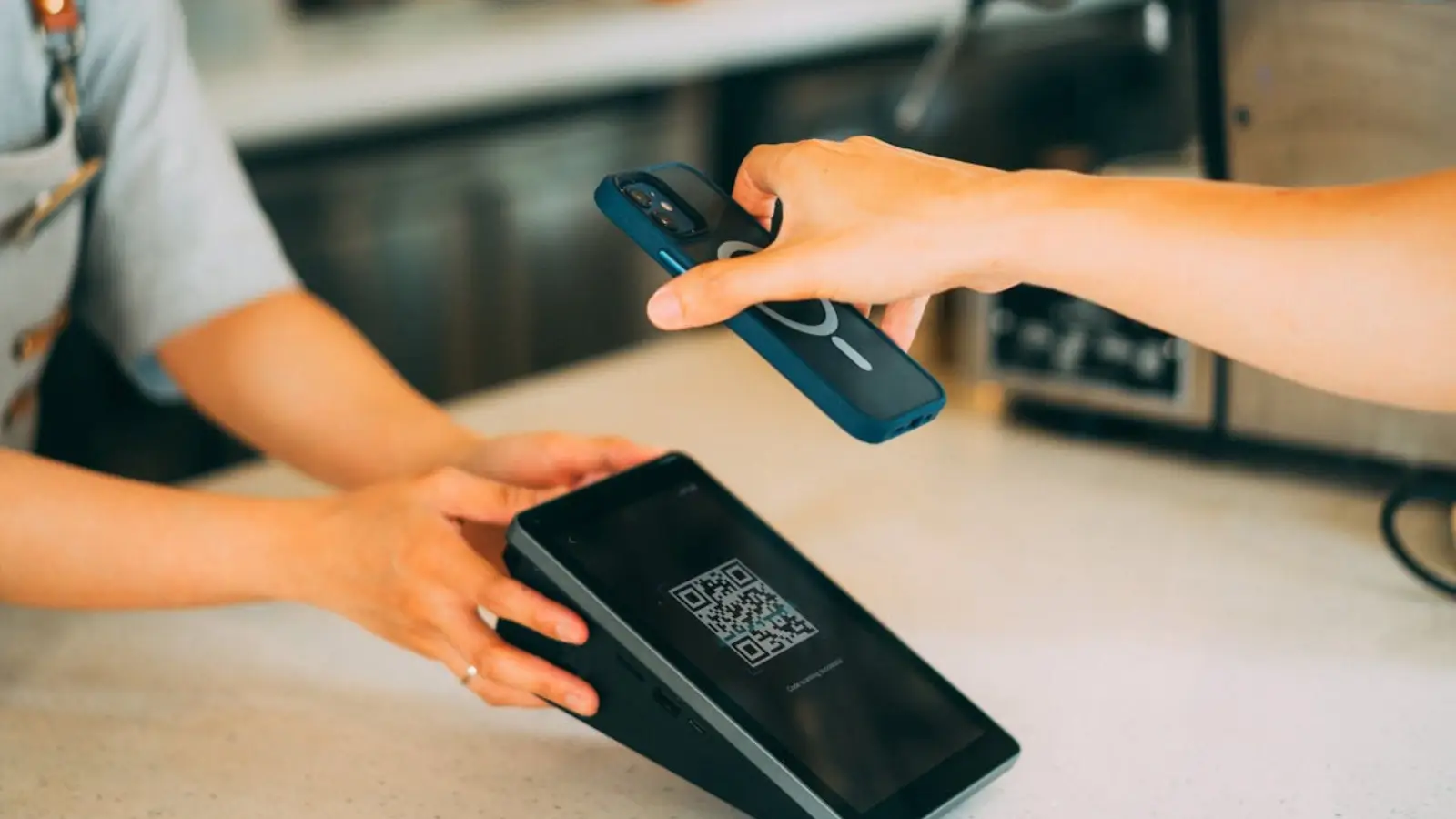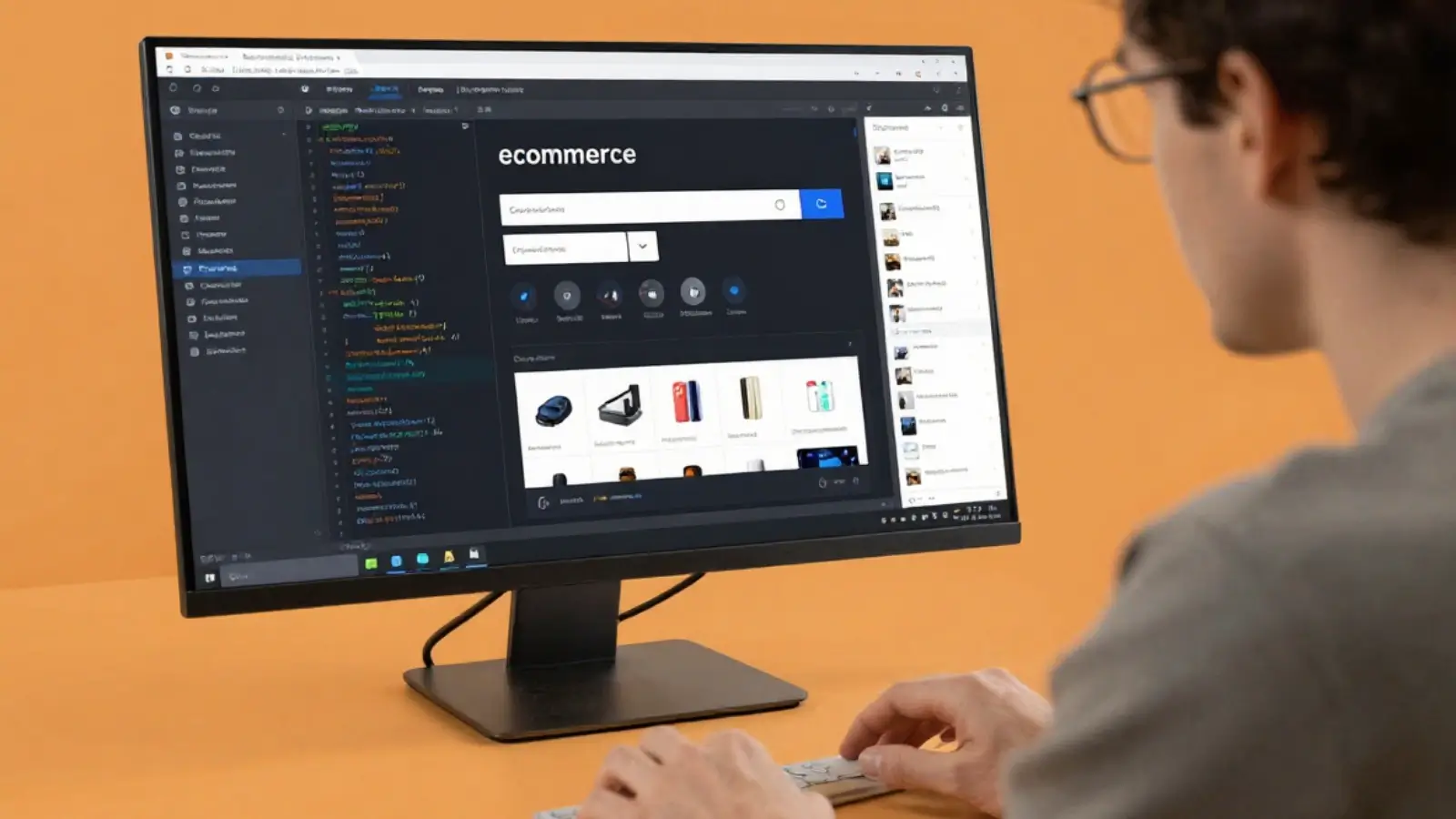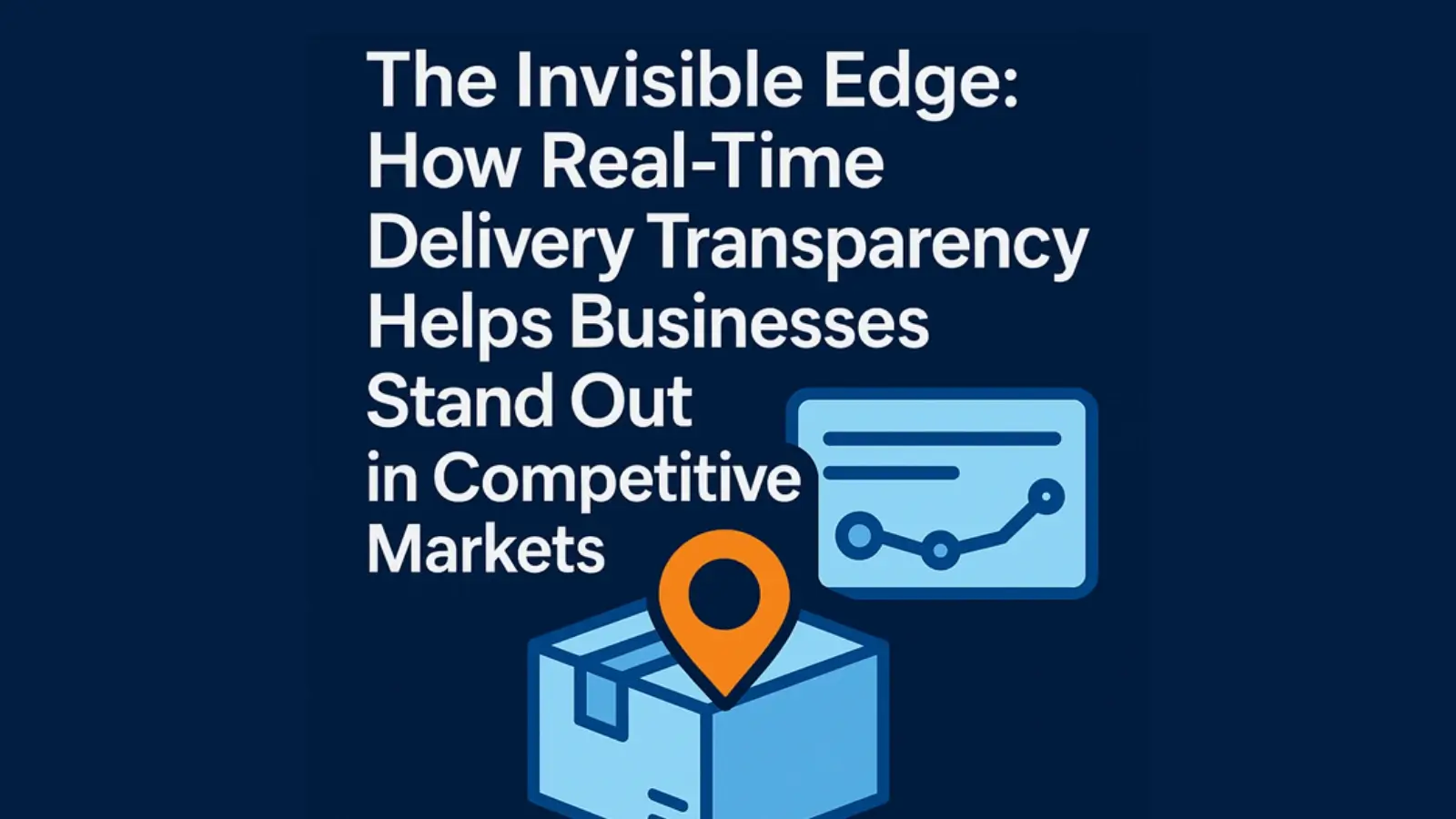Checkout abandonment is a major hurdle for online retailers, costing billions in lost revenue each year. By optimizing payment processes, you can significantly cut checkout abandonment and enhance the overall shopping experience. This article will explore effective strategies to streamline payments, making it easier for customers to complete their purchases.
You’ll learn about innovative solutions, such as combined payments and flexible settlements, that not only improve the user experience but also boost your gross merchandise volume. With actionable insights and data-driven approaches, you can transform your checkout process, reduce friction, and ultimately drive higher conversion rates. Get ready to turn those potential sales into actual profits.
Why Checkout Abandonment Persists
Checkout abandonment continues to challenge e-commerce businesses, often stemming from various factors that create friction during the purchasing process. Addressing these causes is vital for reducing abandonment rates.
Payment Experience as a Root Cause
Complex payment processes significantly contribute to checkout abandonment. Buyers often encounter difficulties that deter them from completing their transactions.
- Confusing checkout flows frustrate users.
- Excessive payment choices lead to decision fatigue.
- Security concerns with unfamiliar e-commerce payment gateways lower buyer confidence.
Optimizing the payment experience can improve completion rates. For instance, using a combined payment method simplifies transactions across multiple merchants, boosting user satisfaction.
Why allow cumbersome payment steps to drive customers away? Streamlining the payment experience can transform potential sales into actual transactions.
Understanding & Selecting the Payment Layer
Selecting an efficient payment layer is vital for minimizing checkout abandonment. A well-implemented payment strategy optimizes transaction speed, security, and user comfort.
Core Components of a Checkout Stack
Key elements of a checkout stack include:
- Embedded Payments: These simplify workflows and reduce friction in the checkout process.
- Trust Indicators: Utilize security badges and clearly stated return policies. Such features can lead to a decrease in abandonment by up to 28%.
- Recovery Tools: Abandoned cart emails convert around 10% of lost carts back into sales with a 40% open rate.
By focusing on these components, retailers can streamline the payment journey effectively.
Integration & Platform Fit
Ensure that your payment system integrates seamlessly with your e-commerce platform. Fast page load times and minimal errors directly impact the user experience. Slow websites can increase abandonment rates by as much as 75%.
Responsive customer support and proactive partnerships with payment service providers are critical for ongoing optimization. Customization based on business specifics leads to enhanced customer satisfaction and increased conversion rates.
Broadening Payment-Method Acceptance
Expanding payment options significantly reduces checkout abandonment. Customers expect diverse choices. Research indicates 13-25% of online shoppers abandon carts if their preferred payment method isn't available.
Offer Local & Alternative Options
Accepting local payment methods is essential for increasing customer trust. Including Antom on your list of options, it offers options like digital wallets and flexible payment plans that enhance the buying experience. Each market has distinct preferences; matching these can encourage conversions. Educating customers about the security of novel payment methods can alleviate concerns and boost confidence at checkout.
Manage Cross-Border & Currency Complexity
Handling multiple currencies simplifies international transactions. Implement systems to automatically detect a customer’s location and present relevant payment options. With over 150 currencies in use, ensuring easy currency conversion keeps transactions smooth. Address fluctuations in currency values and associated fees. Utilizing a compliant e-commerce payment gateway ensures secure processing and proper fund allocation for all transactions.
Streamlining the Checkout Flow
Streamlining the checkout flow reduces friction, leading to higher conversion rates. Several factors contribute to a smoother experience, including minimizing unnecessary steps and optimizing payment entry.
Minimize Steps & Form Fields
Limit checkout forms to essential fields, such as email and payment information. Fewer fields can significantly decrease abandonment rates.
Accelerate Payment Entry
Offering diverse payment options meets customer preferences. An effective payment gateway simplifies transactions and enhances convenience.
Security & Trust Without Excess Friction
Balancing security with a smooth user experience is key. Implement payment methods that integrate biometric or password-based authentication, meeting regulations while minimizing interruptions. Streamlined checkout design reduces unnecessary steps, offers diverse options, and utilizes intelligent, risk-based authentication to create a seamless security experience.
Strong Customer Authentication (SCA) Tactics
SCA requires multi-factor authentication using at least two verification methods. Apply SCA selectively to reduce friction and use exemptions for low-value transactions.
AI-Driven Fraud & Chargeback Defense
AI analyzes transaction data in real-time to identify fraud and genuine customers. Integrating AI with human oversight enhances detection accuracy and maintains conversion rates.
Payment Orchestration & Smart Routing
Payment orchestration centralizes processing, enabling the management of multiple payment service providers through a single interface. Smart routing enhances transaction success by directing payments based on various factors, which include:
- Real-time data
- Customer location
- Transaction amount
- Historical approval rates
- Risk assessment
This approach optimizes payment flows, ensuring transactions reach providers with higher success rates, particularly for specific card brands or customer demographics.
Raise Authorization Rates
Intelligent routing reduces declines by selecting optimal payment processors for each transaction. Techniques include analyzing factors such as customer location and card type. Research indicates that 42% of shoppers abandon their carts due to payment declines. By addressing this issue, authorization rates increase, ensuring that more transactions complete successfully and significantly boosting revenue.
Resilience, Analytics & Optimization
Orchestration platforms improve system resilience by preventing downtimes from individual payment processors. They generate unified analytics, enabling you to identify bottlenecks and optimize performance. Continuous optimization of routing rules ensures smooth transaction flows. Supporting mobile wallets further speeds the checkout process, offering one-tap payments and increasing repeat purchases. Adopting an ecommerce payment gateway that integrates these features enhances the overall user experience.
Mobile & Emerging Payment Experiences
Optimizing mobile payment experiences directly influences checkout completion rates. Streamlined processes help mitigate friction, providing users with a faster path to making a purchase.
Mobile Checkout Performance
Mobile checkout performance hinges on user-centric design. Simplified payment processes, such as one-click options, effectively reduce abandonment. Prioritizing speed and security facilitates quicker transactions.
- Offer transparent payment details.
- Simplify forms by limiting required fields.
- Implement autofill features where applicable.
Research indicates that optimizing mobile checkouts can result in a 30% increase in conversion rates.
Buy-Now-Pay-Later & Digital Wallets
Buy-Now-Pay-Later (BNPL) options and digital wallets significantly enhance customer flexibility. These services cater to diverse shopping preferences, accommodating consumers who prefer budgeting payments over time.
- Nearly 40% of BNPL users indicate that they would abandon without this option.
- Digital wallets appeal strongly to younger demographics, with about 80% of users favoring them.
Integrating an e-commerce payment gateway that supports these methods enhances engagement and facilitates the recovery of abandoned carts.
Post-Transaction Operations
Post-transaction operations have a significant impact on customer satisfaction and repeat purchases. Maintaining a seamless experience after payment fosters long-term loyalty.
Flexible Settlement & Combined Payments
Flexible settlement options simplify fund allocation. They support split payments to meet the diverse needs of their customers.
Chargebacks, Refunds & Customer Care
Effective management of chargebacks builds customer trust. Clear return policies and prompt support enhance confidence.
Conclusion
In short, trimming friction from every stage of checkout—through streamlined flows, trusted security cues, and flexible, intelligently routed payment options—turns buyer hesitations into completed sales, letting you reclaim lost revenue while delivering a smoother, loyalty-building shopping experience.

















